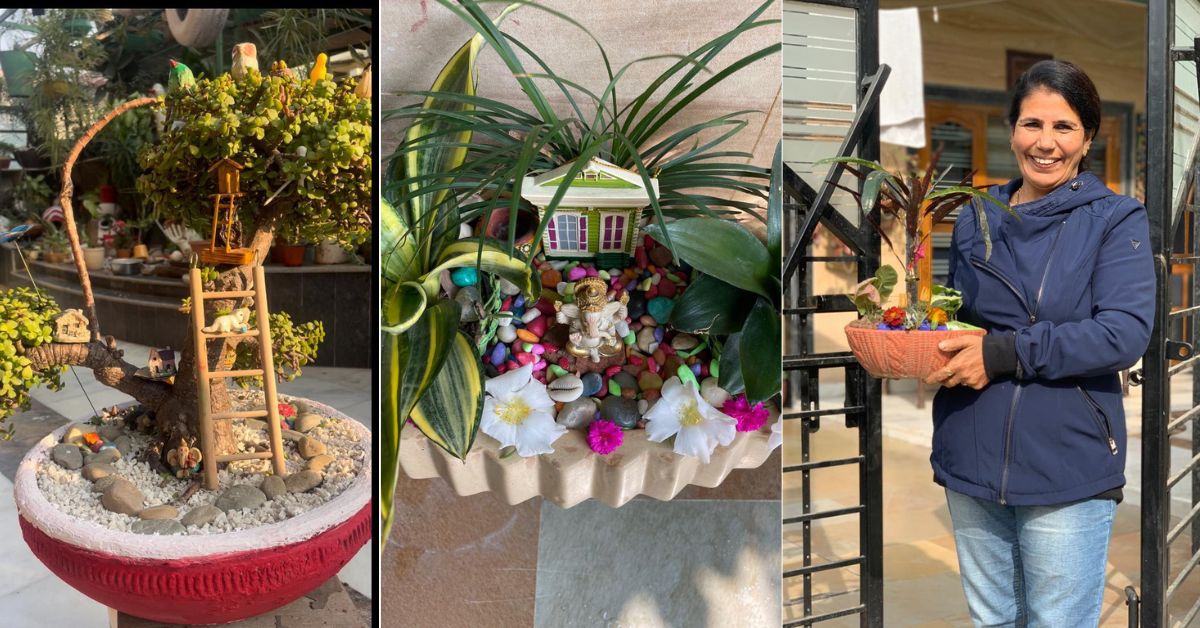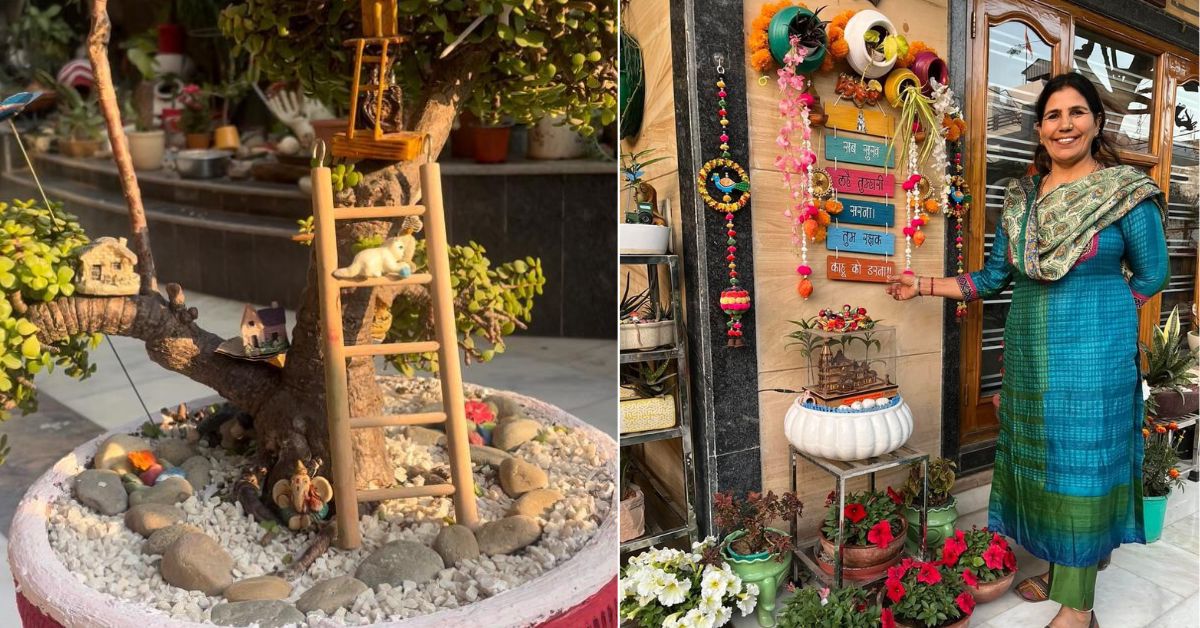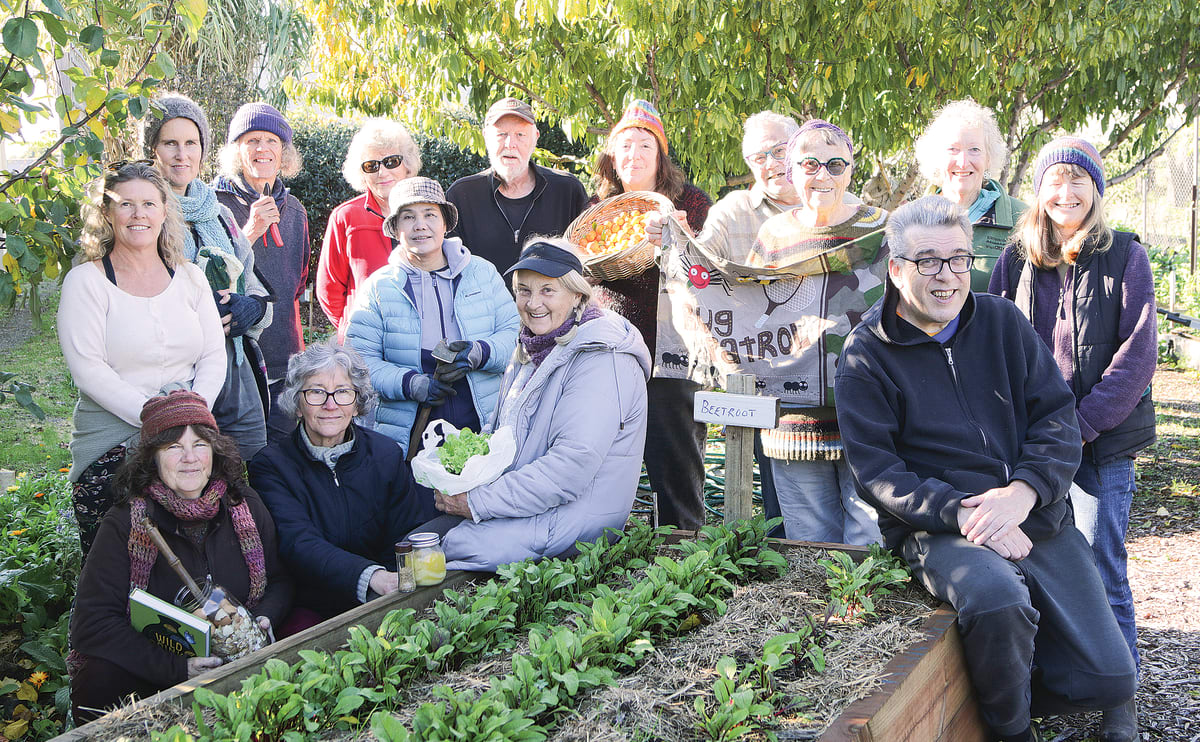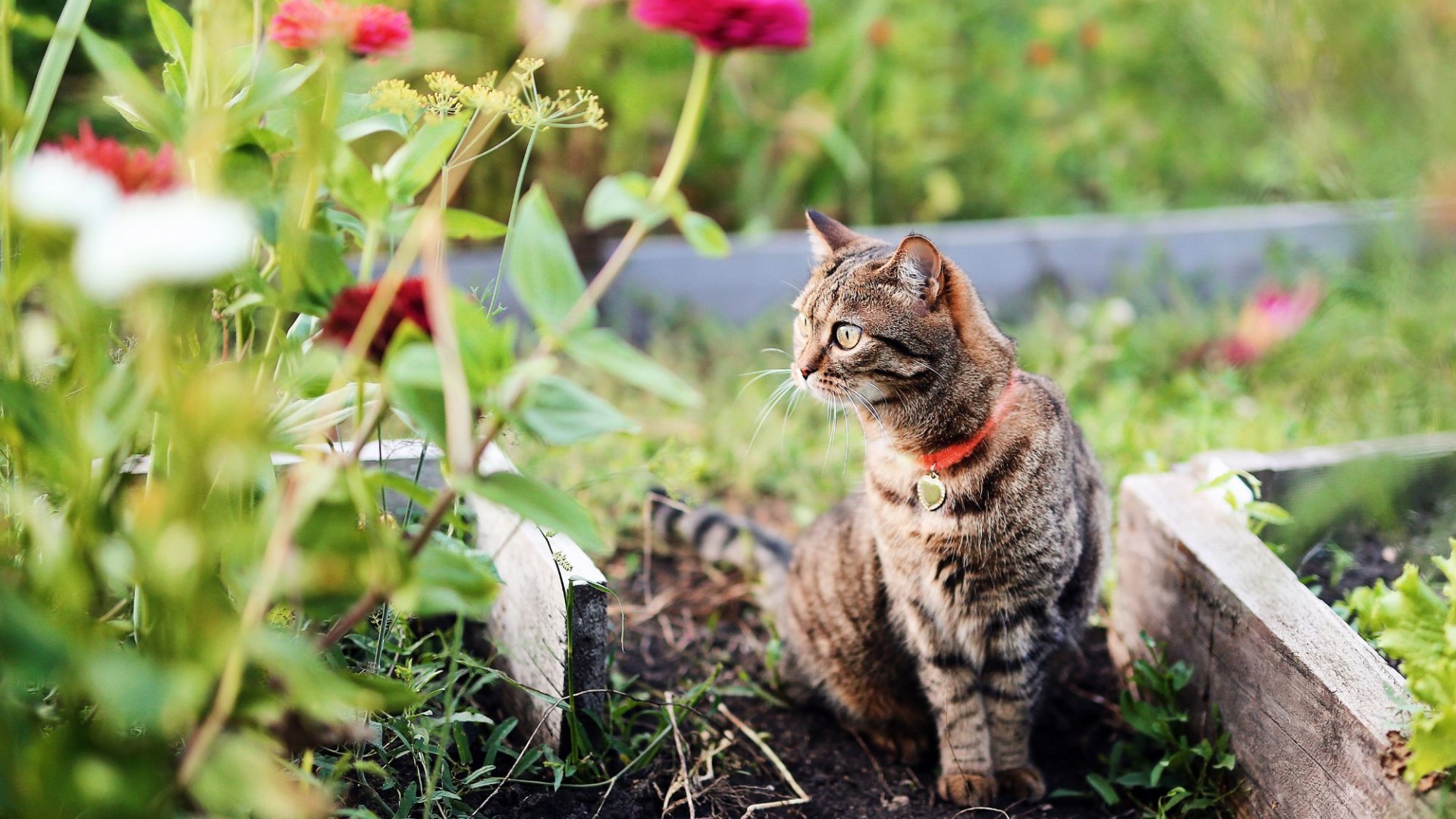Sharda Godara transformed her Faridabad home into a mini jungle with 1,000 plants. She now enjoys crafting miniature tray gardens around various themes, and shares five steps to create them at home.
Using props like miniature bullock carts, swans, small nests of birds, rural women dolls, Christmas bells, hedges, wooden chairs, huts, and more, Sharda Godara makes unique miniature tray gardens — a smaller version of a real-life garden.
The Faridabad resident started designing these mini tray gardens at her home a couple of years ago when her home was left with no further space for potted plants.
“I created a mini green jungle in my home with 1,000 plants like portulaca and sunflowers. From the staircase, balconies, and terrace to the backyard — my entire house is filled with plants but I wanted to be more creative in the same space,” she says.
“So, I shifted my interest towards miniature tray gardens as they occupy less space and allow me to unleash my creativity,” she adds.
From DIY countryside views and Diwali, Dhanteras and Holi celebrations, to the Chipko movement, she owns at least 70 visually appealing and intricately designed miniature gardens on various themes.
More than a hobby, creating mini tray gardens is a way for the 55-year-old to deal with her loneliness, she says. In conversation with The Better India, Sharda shares the significance of tray gardens in her life and reveals her secret to creating them in less than an hour.
Unleashing emotions in tray gardens
Born into an agricultural family in Hissar, Haryana, Sharda has been interested in gardening since childhood. She took inspiration from her mother.
“We are Bishnois, and love for the environment is in our DNA. We are known for our drive to save wild animals and trees, for instance, the famous Chipko movement. My mother instilled in us the value of being a conservationist and planting more trees,” she says.
After her marriage, Sharda decorated her home with as many plants. “It was easier for anyone to distinguish our home from others as I have more than 1,000 plants. However, while raising my children, I never really got enough time to spend time in gardening,” she adds.
Whenever possible, Sharda would visit on-site plant exhibitions. “Among several large plant varieties, these mini tray gardens would always catch my attention. I would wonder how people grow plants in small trays, from where they get colourful pebbles and props, and how they create these miniature staircases and huts. Those people were so proud of themselves that they never let me touch them. I was a distant admirer,” she says.
Sharda promised herself to create her own miniature gardens when her kids grow up. About three to four years ago, after her children left home for higher studies and jobs, she had all the time for herself. She missed her children and unleashed her thoughts and loneliness into creative tray gardens.
“I made a tray garden where I showed how my kids are now oceans apart from me. I missed their presence, especially during festivals. I also miss my life back in the village, how villagers celebrated festivals back then. Some people express their emotions through painting and poetry, I showcase it in my tray gardens,” she adds.
Last Republic Day, she created a miniature tray garden on the theme, ‘Jai Jawan, Jai Kisan’ (Hail the Soldier, Hail the Farmer) in honour of the farmer’s contribution to the nation. “I designed tricolour in an oval-shaped tray and placed small grass and green plants on one side and white and saffron-coloured plants on the other. I also placed a small farmer. I was inspired to create this tray garden in honour of my father, who was a farmer and a freedom fighter,” she says with pride.
How to create your own mini tray garden?
Sharda says anyone can make such miniature tray gardens in small spaces. “In Delhi-NCR, people do not have sufficient space to pursue gardening but miniature tray gardens can allow you to showcase your creativity even in small spaces,” she adds.
She shares five tips and techniques to create miniature tray gardens at home:

- Draw a rough sketch of the theme of your garden in mind and select a suitable tray based on its size, shape, and material like mud and ceramic.
- Fill the tray with potting mix to create a base for your garden. Mix 50 percent of fertile soil with 15 percent cow dung, 15 percent cocopeat, and 10 percent perlite and bone meal each.
- Plant small and dwarf varieties of plants like succulents, snake plants, syngonium, jade and spider plants. Water it and press the soil from above to let it settle. It takes roughly an hour to settle the soil in summer.
- Later on, build your pathways, huts, or other structures. Decorate your garden with colourful pebbles, hedges, bells, dolls, and other decorative items.
- Water the tray using a spray bottle, carefully. You can also spray liquid compost using kitchen waste like banana, garlic, ginger, and onion peels to fertilise soil and prevent the plant from fungal attacks.
To make the compost, collect peels in a bucket and add some water to it. After two to three days, strain the contents and mix it with clean water in a ratio of 1:2. Spray this fertiliser on all tray gardens every two to three days.
Sharda says it takes her roughly 20 minutes to decorate the tray garden. “Whenever I get bored, I recreate these tray gardens using the same plants and props. Just like kids play with their miniature dollhouses, I have my tray gardens. My friends say I have gone back to my childhood days,” she laughs.
Edited by Pranita Bhat. All photos: Sharda Godara.
If you found our stories insightful, informative, or even just enjoyable, we invite you to consider making a voluntary payment to support the work we do at The Better India. Your contribution helps us continue producing quality content that educates, inspires, and drives positive change.
Choose one of the payment options below for your contribution-
By paying for the stories you value, you directly contribute to sustaining our efforts focused on making a difference in the world. Together, let’s ensure that impactful stories continue to be told and shared, enriching lives and communities alike.
Thank you for your support. Here are some frequently asked questions you might find helpful to know why you are contributing?








